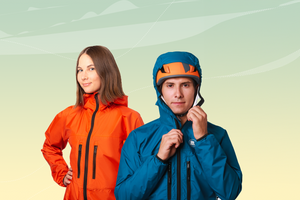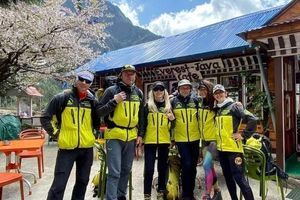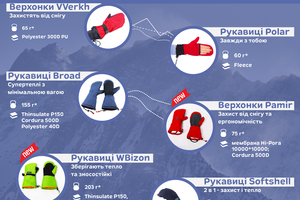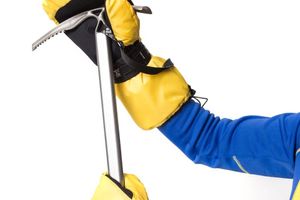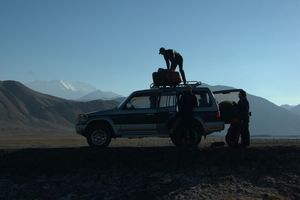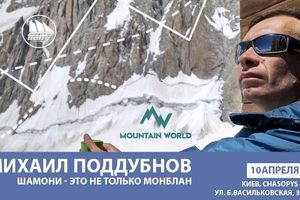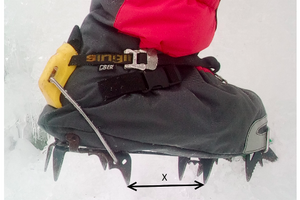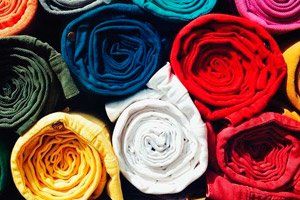Recently, we introduced our third backpack model made from DCF fabric. What is this mysterious abbreviation, and why are they only available in white? And what makes this Dyneema material superior to traditional fabrics?
A bit of chemistry. Dyneema itself is a high molecular weight polyethylene fiber synthesized through a specific process called "gel spinning." Thanks to these techniques, the resulting fiber possesses unique properties:
![]() Exceptional strength: Dyneema is 15 times stronger than steel.
Exceptional strength: Dyneema is 15 times stronger than steel.
![]() Virtually non-stretchable (less than 1.5% elongation).
Virtually non-stretchable (less than 1.5% elongation).
![]() Almost impervious to water and other solvents (hence practically resistant to dyeing).
Almost impervious to water and other solvents (hence practically resistant to dyeing).
![]() High abrasion resistance.
High abrasion resistance.
![]() UV resistance.
UV resistance.
![]() Lightweight.
Lightweight.
As a result, it is used to manufacture anything that needs to be ultra-strong and durable: body armor, aircraft and tank covering details, various ropes and cords for fishing, yachting, paragliding. Climbers and sports tourists are familiar with loops and self-belay devices made from Dyneema.
In turn, Dyneema® Composite Fabrics is a fabric made from Dyneema fiber by laminating it with two layers of polyester. The material was developed in the 1990s and was initially called Cuben Fiber. It got this name in honor of the yacht Amerika³ (pronounced as "America cubed"), which won the 1992 America's Cup. The sails on this yacht were made from laminated Dyneema.
Later, the company Cuben Fiber was acquired by DSM Dyneema, and the fabric received its current name.
This material requires a complex production technology, making it relatively expensive. However, its ultra-lightweight combined with unique strength and durability makes it truly promising for outdoor gear.
Gear made from DCF is the choice of those who value every gram and real strength. These are backpacks for technical challenging climbs, autonomous expeditions. However, ultralight does not exclude comfort - thanks to the lightweight materials, we were able to add more convenience to the design with minimal weight. This concept was followed in creating the Talung DCF 65L backpack, the Guide DCF 30L, and the Osh DCF 85L.
But that's not all. We have plans for several more products using DCF. So stay tuned for more!)

























